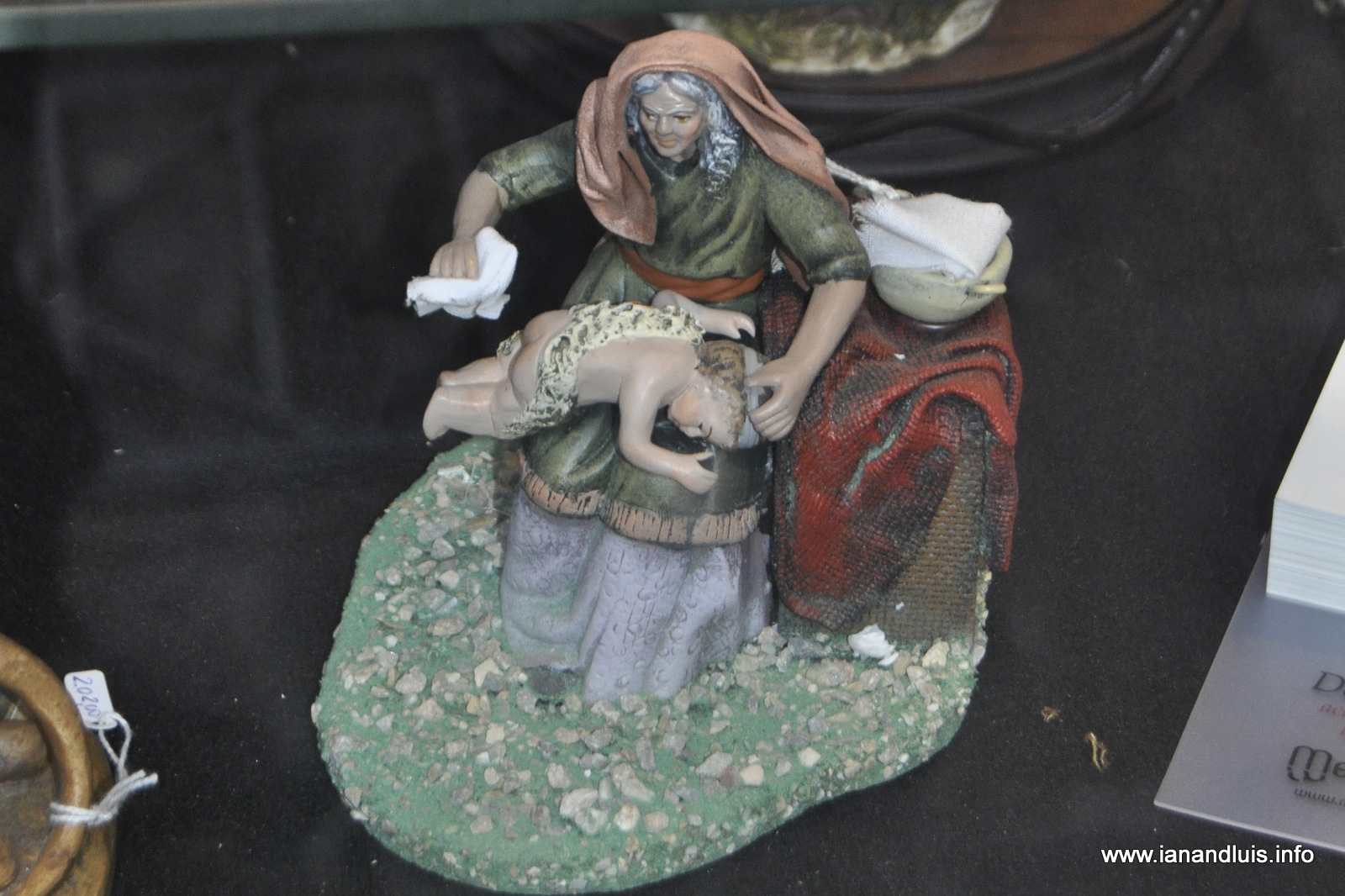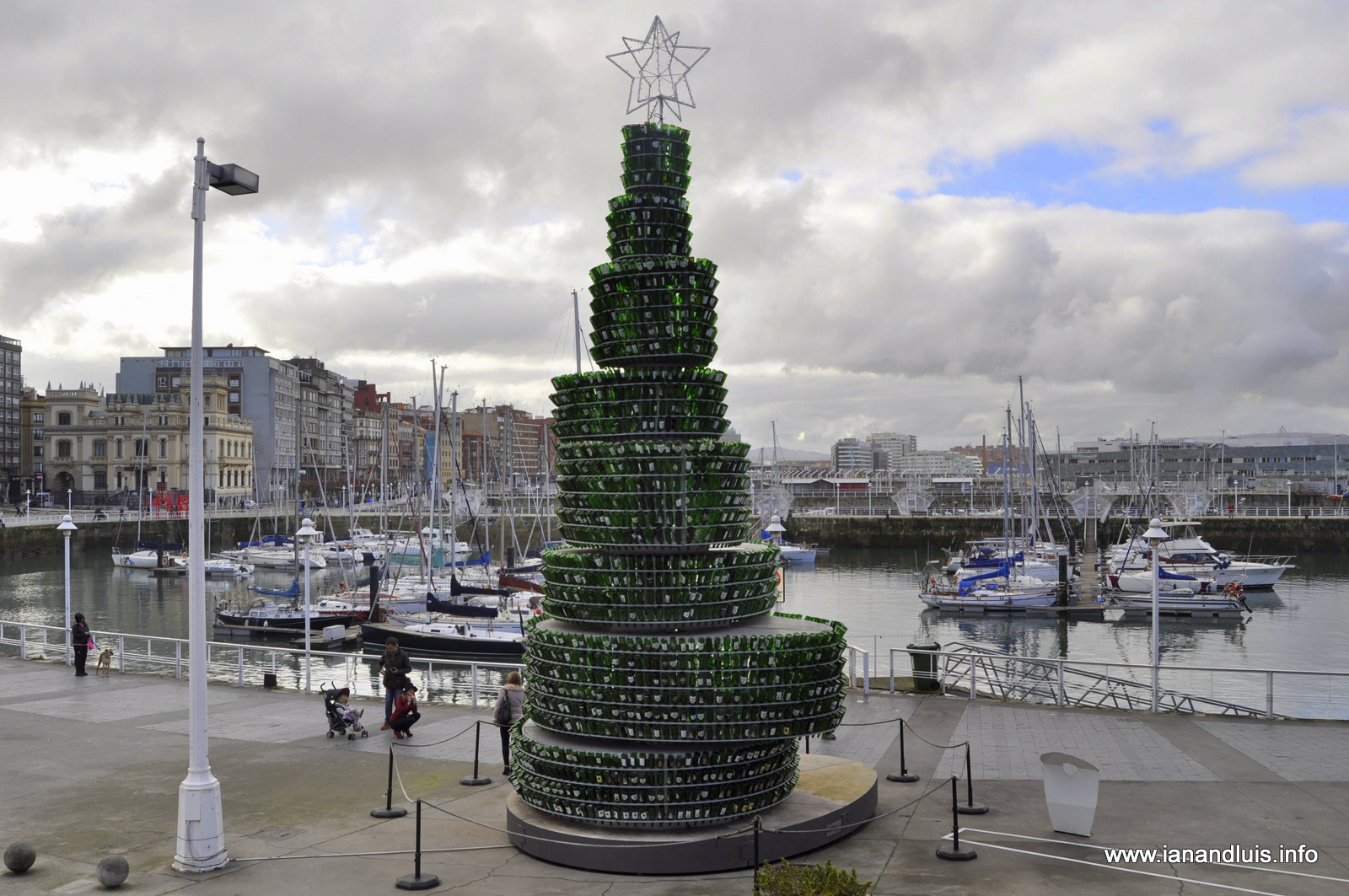It has been an eventful year for Luis and I here at La Pasera and in the UK. Luis continues to develop his artistry and knowledge in mosaic art and following a visit to an exhibition and meeting of mosaicists in France he has booked a mosaic course in Belgium for summer 2015. He continues to restore both cane and rush chairs but increasingly finds his energies and thoughts moving towards mosaics.
I have continued writing, taking photographs and making music and have one or two interesting projects in the pipeline for 2015.
La Pasera still offers us our little bit of paradise, we continue to grow the majority of our vegetable and salad crops and no doubt that will continue for the foreseeable future. Plans for 2015 include the addition of hens for fresh eggs and finishing off the final bit of hard-landscaping.
We would like to thank all of you who read and/or visit our blog and wish you all a happy, prosperous but most of all healthy 2015.
Don't forget you can visit our other blogs as well, the links can be found at the top of this page.
Best wishes
Ian and Luis x
I have continued writing, taking photographs and making music and have one or two interesting projects in the pipeline for 2015.
La Pasera still offers us our little bit of paradise, we continue to grow the majority of our vegetable and salad crops and no doubt that will continue for the foreseeable future. Plans for 2015 include the addition of hens for fresh eggs and finishing off the final bit of hard-landscaping.
We would like to thank all of you who read and/or visit our blog and wish you all a happy, prosperous but most of all healthy 2015.
Don't forget you can visit our other blogs as well, the links can be found at the top of this page.
Best wishes
Ian and Luis x



















































